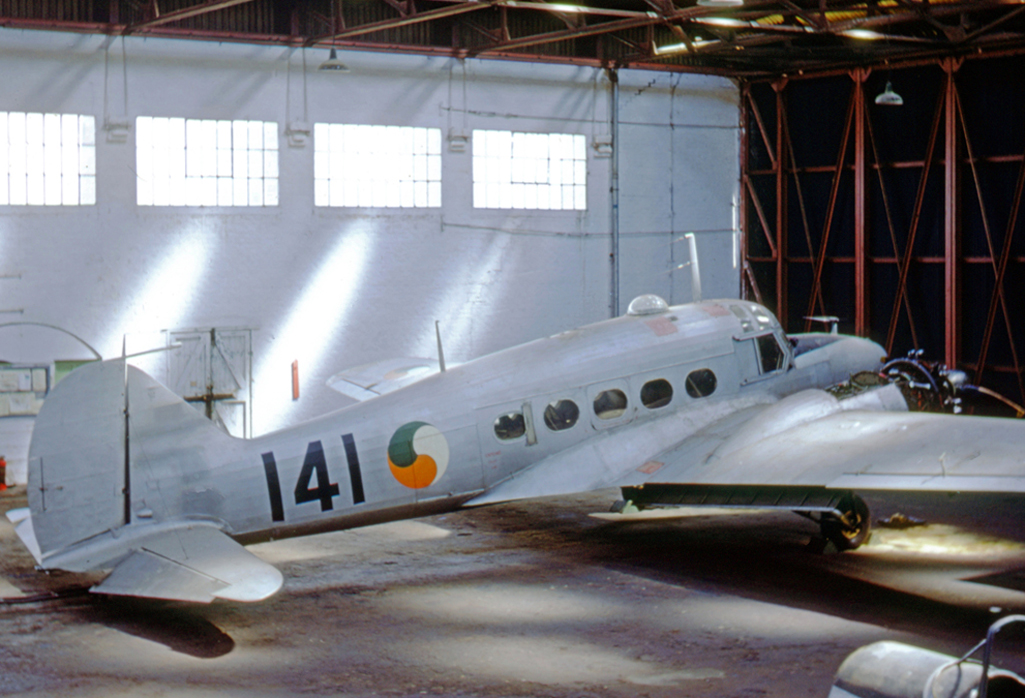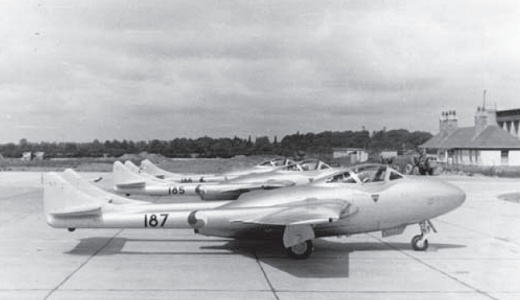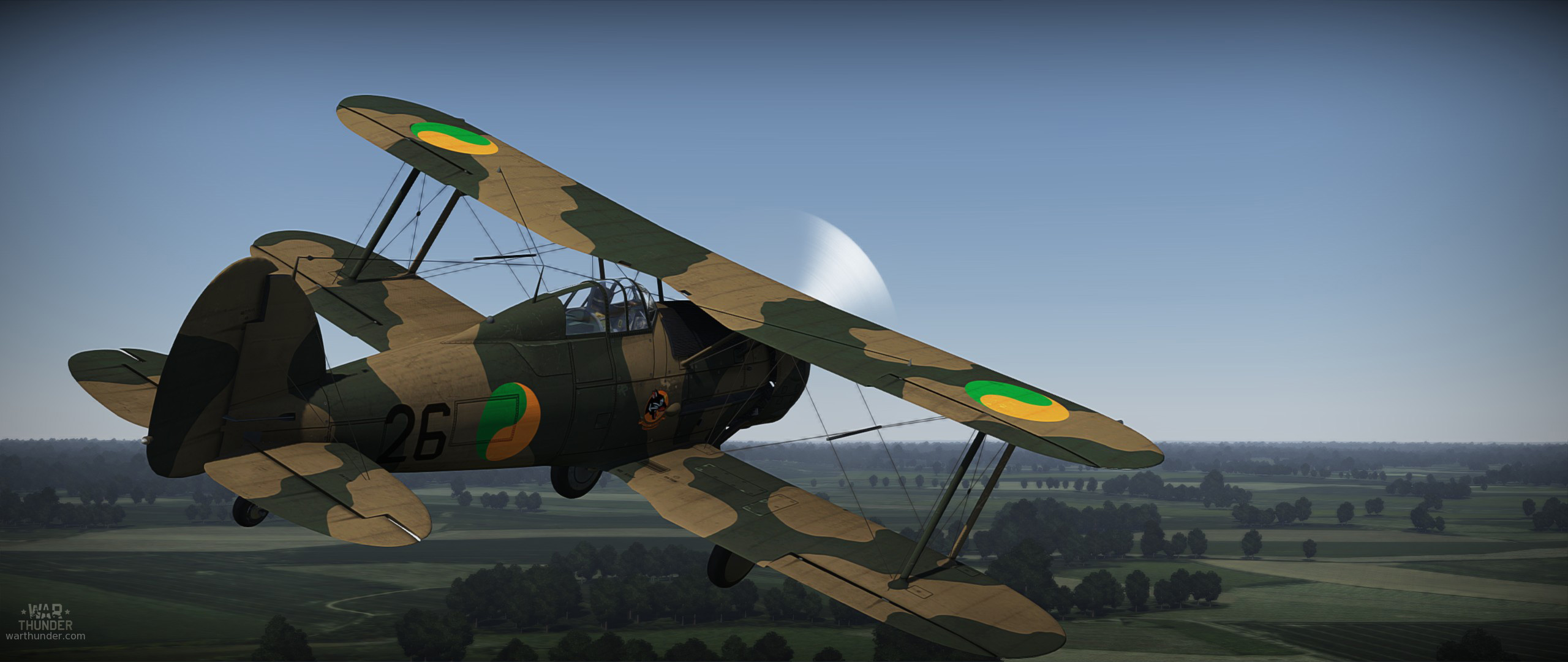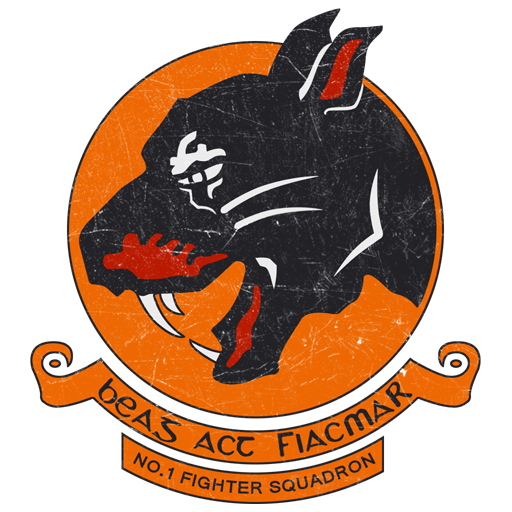
- For PC
- For MAC
- For Linux
- OS: Windows 10 (64 bit)
- Processor: Dual-Core 2.2 GHz
- Memory: 4GB
- Video Card: DirectX 11 level video card: AMD Radeon 77XX / NVIDIA GeForce GTX 660. The minimum supported resolution for the game is 720p.
- Network: Broadband Internet connection
- Hard Drive: 23.1 GB (Minimal client)
- OS: Windows 10/11 (64 bit)
- Processor: Intel Core i5 or Ryzen 5 3600 and better
- Memory: 16 GB and more
- Video Card: DirectX 11 level video card or higher and drivers: Nvidia GeForce 1060 and higher, Radeon RX 570 and higher
- Network: Broadband Internet connection
- Hard Drive: 75.9 GB (Full client)
- OS: Mac OS Big Sur 11.0 or newer
- Processor: Core i5, minimum 2.2GHz (Intel Xeon is not supported)
- Memory: 6 GB
- Video Card: Intel Iris Pro 5200 (Mac), or analog from AMD/Nvidia for Mac. Minimum supported resolution for the game is 720p with Metal support.
- Network: Broadband Internet connection
- Hard Drive: 22.1 GB (Minimal client)
- OS: Mac OS Big Sur 11.0 or newer
- Processor: Core i7 (Intel Xeon is not supported)
- Memory: 8 GB
- Video Card: Radeon Vega II or higher with Metal support.
- Network: Broadband Internet connection
- Hard Drive: 62.2 GB (Full client)
- OS: Most modern 64bit Linux distributions
- Processor: Dual-Core 2.4 GHz
- Memory: 4 GB
- Video Card: NVIDIA 660 with latest proprietary drivers (not older than 6 months) / similar AMD with latest proprietary drivers (not older than 6 months; the minimum supported resolution for the game is 720p) with Vulkan support.
- Network: Broadband Internet connection
- Hard Drive: 22.1 GB (Minimal client)
- OS: Ubuntu 20.04 64bit
- Processor: Intel Core i7
- Memory: 16 GB
- Video Card: NVIDIA 1060 with latest proprietary drivers (not older than 6 months) / similar AMD (Radeon RX 570) with latest proprietary drivers (not older than 6 months) with Vulkan support.
- Network: Broadband Internet connection
- Hard Drive: 62.2 GB (Full client)
No.1 Fighter Squadron, Irish Army Air Corps at Baldonnel, Ireland.
Camouflage created by CmdNomad | Download here
The origins of military aviation in Ireland are nothing if not unique. With the British government entering into talks with the Provisional Government of Southern Ireland in 1922, revolutionary leader Michael Collins required an aircraft to extricate from London should the talks take a turn for the worse. With the purchase of a single Martinsyde Type A biplane, Irish military aviation was born. By June of 1922 the Irish Air Service HQ at Baldonnel had grown to 13 aircraft and 14 pilots. In 1924 the Irish Defence Forces were officially established.
 |
| Air Corps Avro Anson C.19 in operation from 1946 to 1962 |
In 1928 the first successful transatlantic flight from East to West firmly put Irish aviation on the world stage. Not only did the flight launch from Baldonnel, but the airfield’s Commanding Officer – Comdt James Fitzmaurice – joined the German crew on their 37 hour flight to Greenly Island. The interwar period saw further developments for the Irish Air Corps when, following on from the successful adoption of a pilot Cadet Scheme, a similar Boy Apprentice Scheme was introduced for ground crews in 1936. The same year also saw the establishment of Ireland’s national airline, Aer Lingus, which initially shared Baldonnel with the Irish Air Corps.
With war breaking out in Europe, Ireland was in a position of being able to remain neutral, although a state of emergency was declared by the Irish Government. The Irish Air Corps was tasked with patrolling the nation’s airspace and coastlines, wary of the fact that British and German aircraft were engaged in combat only a few dozen miles away. The Irish Air Corps’ most modern aircraft at the time was the Gloster Gladiator, of which only four were supplied by Britain. Other aircraft included the de Havilland Dragon, Supermarine Walrus, Westland Lysander and Avro Anson.
 |
| Defence Force image of Air Corps de Havilland Vampire T-11 Trainers |
As combat continued between British and German forces, 163 foreign aircraft made forced landings in Ireland; not only did this lead to the very interesting scenario of British and German aircrew being interned very close to each other – sometimes in adjacent buildings – but also gave the ground crews of the Irish Air Corps the opportunity to make these aircraft safe for disposal and, in some cases airworthy again and added to the Air Corps’ books. In this way the Irish Air Corps began operating its first Hawker Hurricanes which, alongside their Gladiators, were used to intercept and shoot down dozens of barrage balloons which had broke free of their moorings in Britain and drifted across to Ireland.
After the war, with embargos discontinued and less of a requirement for military aircraft across the world, the Irish Air Corps was in a better position to import more modern types. Hurricanes were replaced by Supermarine Seafires which had been denavalised to save weight and in 1956 a de Havilland Vampire trainer became Ireland’s first military jet. After the punishing winter of 1962/63, rotary wing aviation followed with the allocation of Alouette III helicopters for Search and Rescue.
After a period of expansion in the 1970s, today’s Irish Air Corps’ main capability lies with its rotary wing fleet, transport aircraft and maritime patrol assets.
In one of the following Updates, we will include the IAC roundel &
emblem of the No. 1 Fighter Squadron IAC to War Thunder:
Decals made by Colin 'Fenris' Muir
About The Author
 |
Mark Barber, War Thunder Historical Consultant Mark Barber is a pilot in the British Royal Navy's Fleet Air Arm. His first book was published by Osprey Publishing in 2008; subsequently, he has written several more titles for Osprey and has also published articles for several magazines, including the UK's top selling aviation magazine 'FlyPast'. His main areas of interest are British Naval Aviation in the First and Second World Wars and RAF Fighter Command in the Second World War. He currently works with Gaijin Entertainment as a Historical Consultant, helping to run the Historical Section of the War Thunder forums and heading up the Ace of the Month series. |






